The two require a balancing act
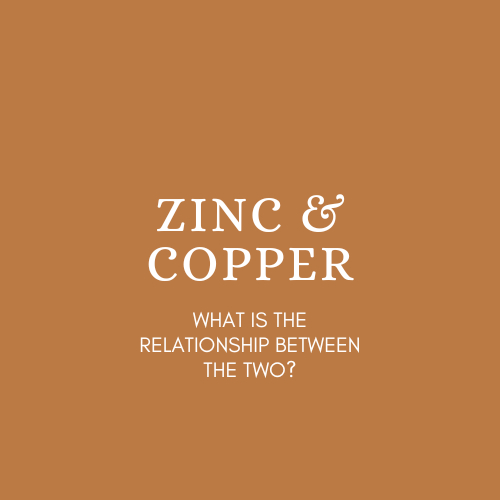
Suppose you are a regular reader of this article. In that case, you have read about drugs that deplete nutrients, an important topic as the US population has the highest number of prescriptions per patient than any other country. The issue of zinc and copper and their relationship should not be ignored; it is not that one is depleting, but they are competing with each other to achieve a higher level in our body.
In this article, I will explain the relationship between zinc and copper. The utilization of zinc in immune support has intensified over the past few years due to our quest for an optimal immune system to fight viral infections.
In the intricate world of human nutrition, the relationship between essential minerals plays a pivotal role in maintaining overall health and well-being. Among these minerals, zinc, and copper stand out for their interdependence and delicate balance. Though required in relatively small amounts, these two elements play crucial roles in various physiological processes, making their optimal ratio a critical factor in maintaining optimal health. In this article, we'll explore the dynamic relationship between zinc and copper, the appropriate balance for their intake, and the profound effects of copper deficiency on the human body.
Zinc and copper, both transition metals, exhibit a yin-yang relationship within the body. While zinc is essential for immune function, wound healing, and DNA synthesis, copper is indispensable for forming red blood cells, maintaining connective tissues, and supporting the nervous system. This interplay extends to enzymatic activity, where these minerals act as cofactors for various enzymes involved in vital biochemical reactions.
Maintaining an appropriate balance between zinc and copper is critical for preventing imbalances that can lead to health issues. The recommended zinc-to-copper intake ratio is around 10:1, plus or minus. This ratio reflects that zinc and copper often compete for absorption in the intestines. An imbalance, whether excess zinc or copper, can disrupt this equilibrium, leading to potential health complications.
Copper plays a crucial role in the absorption and utilization of iron. A copper deficiency can result in impaired iron metabolism, leading to anemia
Even with sufficient iron intake, the body may need an adequate copper supply to mobilize and utilize iron effectively.
Copper is vital for the formation of connective tissues, including collagen. A copper deficiency may lead to weakened connective tissues, causing a range of issues such as joint pain, skin problems, and impaired wound healing. Collagen, a structural protein, relies on copper for its proper synthesis and function.
Copper deficiency has been linked to neurological disorders, including myelopathy and neuropathy. Copper is involved in producing myelin, the protective sheath around nerve fibers. Insufficient copper can compromise the integrity of the nervous system, leading to symptoms such as numbness, tingling, and difficulty walking.
Zinc is renowned for its immune-boosting properties, but copper is equally essential for a well-functioning immune system. Copper deficiency can compromise the activity of white blood cells and other resistant components, increasing susceptibility to infections.
Copper deficiency has been associated with cardiovascular problems, including elevated cholesterol levels and an increased risk of heart disease. Copper is involved in the metabolism of fats, and a deficiency can disrupt lipid profiles, contributing to cardiovascular issues.
While calcium and vitamin D often spotlight bone health discussions, copper also plays a role. Copper is involved in cross-linking collagen and elastin, essential components of bone structure. A copper deficiency may contribute to bone fragility and an increased risk of fractures.
Incorporating copper-rich foods into the diet is a natural way to address copper deficiency. Foods such as shellfish, organ meats, nuts, seeds, and legumes are excellent sources of copper.
Unfortunately, zinc absorption decreases with age. Zinc is depleted by proton pump inhibitors (omeprazole), ace inhibitors (lisinopril), and loop diuretics (furosemide). Prescription medications are notorious for depleting essential nutrients from our systems. The same drugs that are supposed to improve our health can worsen our health if we don't monitor and plan to offset these deficiencies.
Supplementation may sometimes be necessary to address copper deficiency, but it should be cautiously approached. Excessive copper intake can lead to toxicity, resulting in symptoms such as nausea, vomiting, and abdominal pain. Therefore, consulting with a healthcare professional before starting any supplementation regimen is crucial.
A balanced multivitaminsupplement that includes zinc and copper, ideally in the recommended 10:1 ratio, can help maintain the delicate equilibrium between these essential minerals.
In the modern American diet, copper is very high, and zinc is low. Those with compromised digestive function will also have more trouble absorbing the zinc, so more is needed. If you are overconsuming zinc, the most common first symptom is nausea. When a client complains of that while supplementing with high doses of zinc, I begin reducing the dosage.
One way to find out more about the zinc/copper balance is to do testing. Several labs have a zinc/copper panel examining the amount of each nutrient in the blood. The test is not routinely recommended but is an option if you would like to dig deeper into the levels of these nutrients. Another test for zinc is the zinc tally test, where you take a swig of zinc solution and see if you can taste anything. No taste means poor zinc status, whereas a strong metallic taste means adequate levels.
The intricate dance between zinc and copper underscores the complexity of human nutrition. While both minerals are vital for various physiological processes, maintaining balance is critical to preventing health complications. A copper deficiency can have far-reaching effects on the body, impacting everything from the immune system to neurological health and cardiovascular function. By understanding the importance of the zinc-copper relationship and taking proactive steps to address imbalances, individuals can contribute to their overall health and well-being. As always, consulting with a healthcare professional for personalized advice is crucial when managing mineral intake and maintaining optimal health.
If you would like more information about the zinc/copper relationship, stop by or call the pharmacy (701-483-4858). Please visit my website at www.irsfeldpharmacy.com to find this and other archived articles in the blog section.
Until next time, be vigilant about your health!
VISIT US
HOURS
HOURS
CONTACT US
Fax #: (701) 483-4926



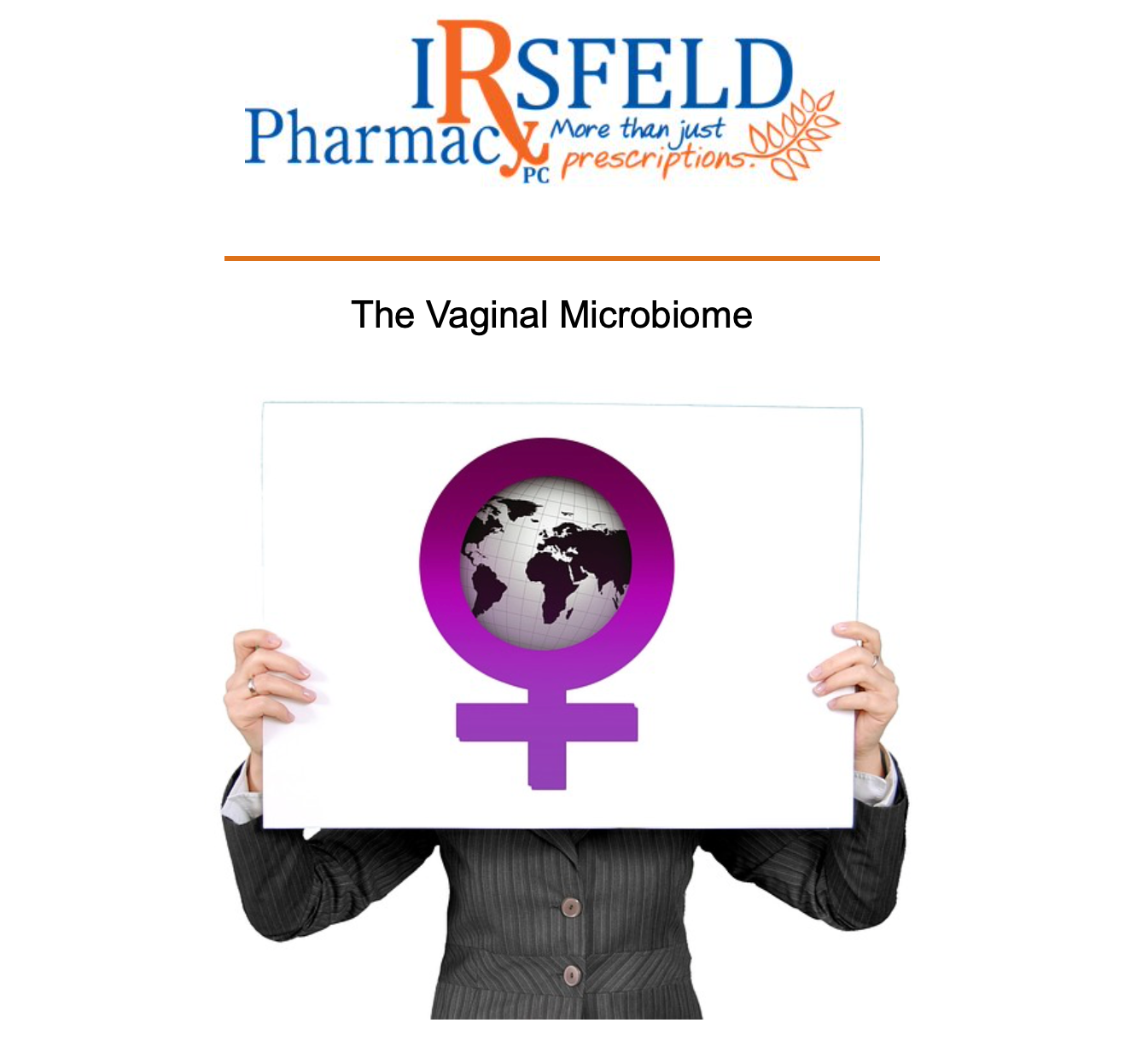
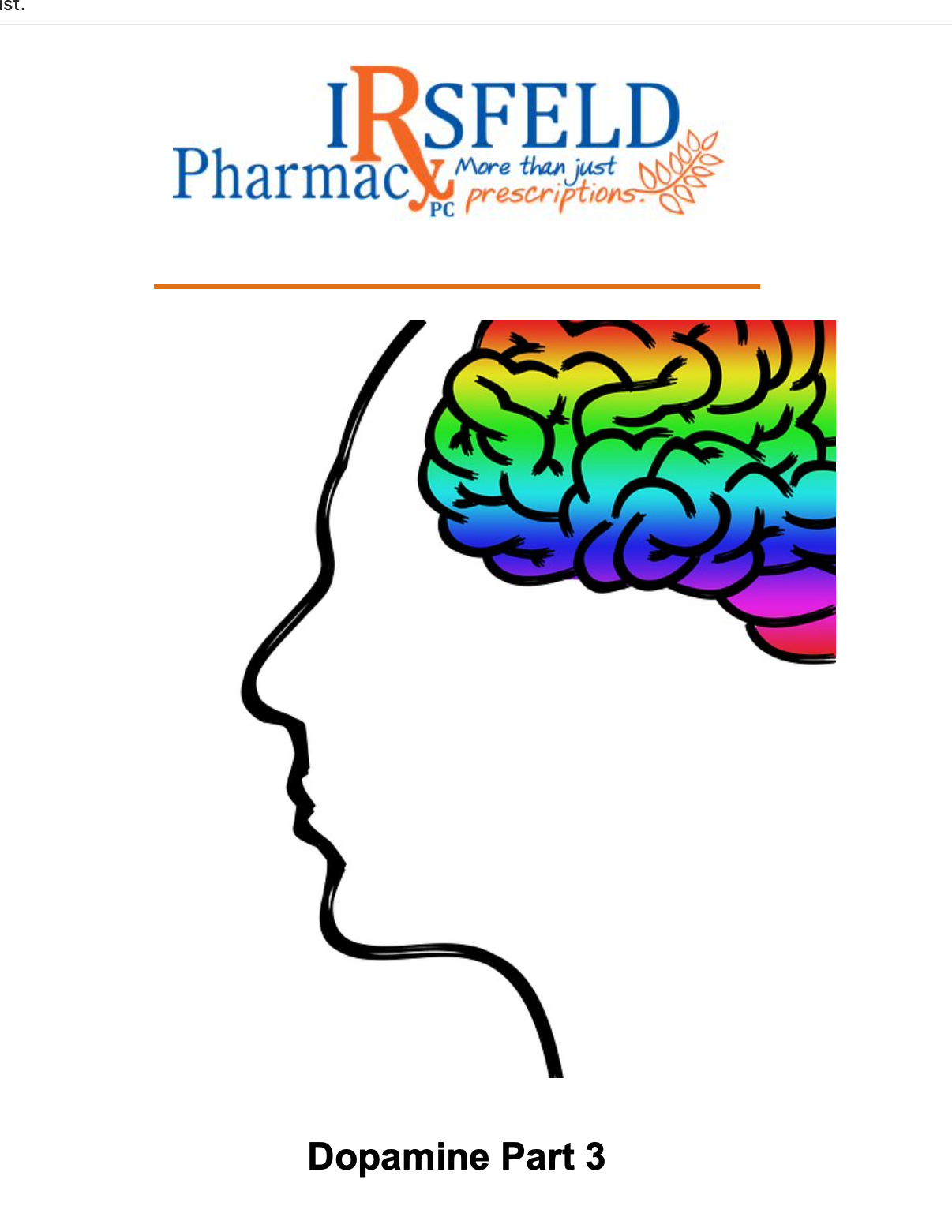

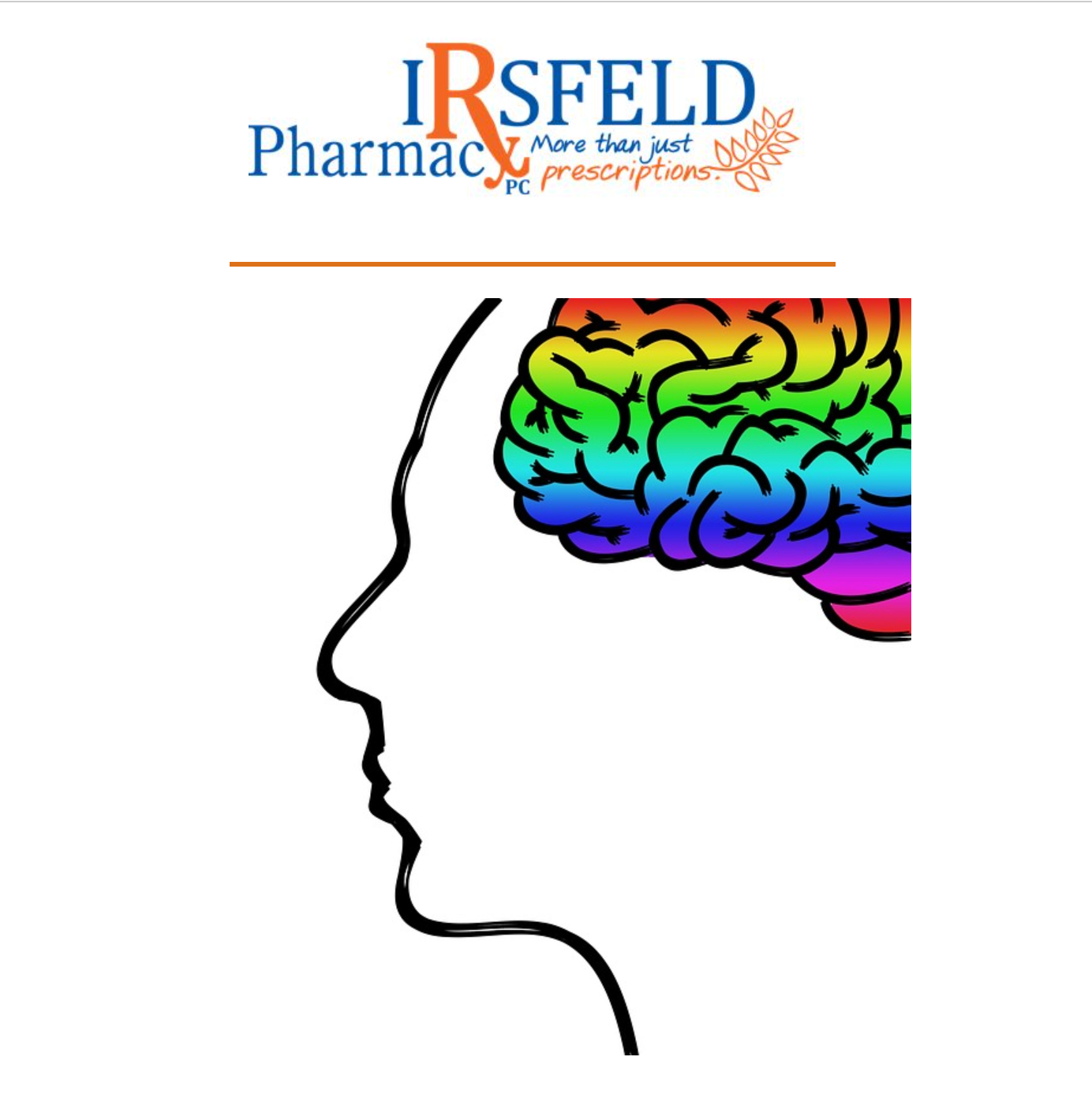



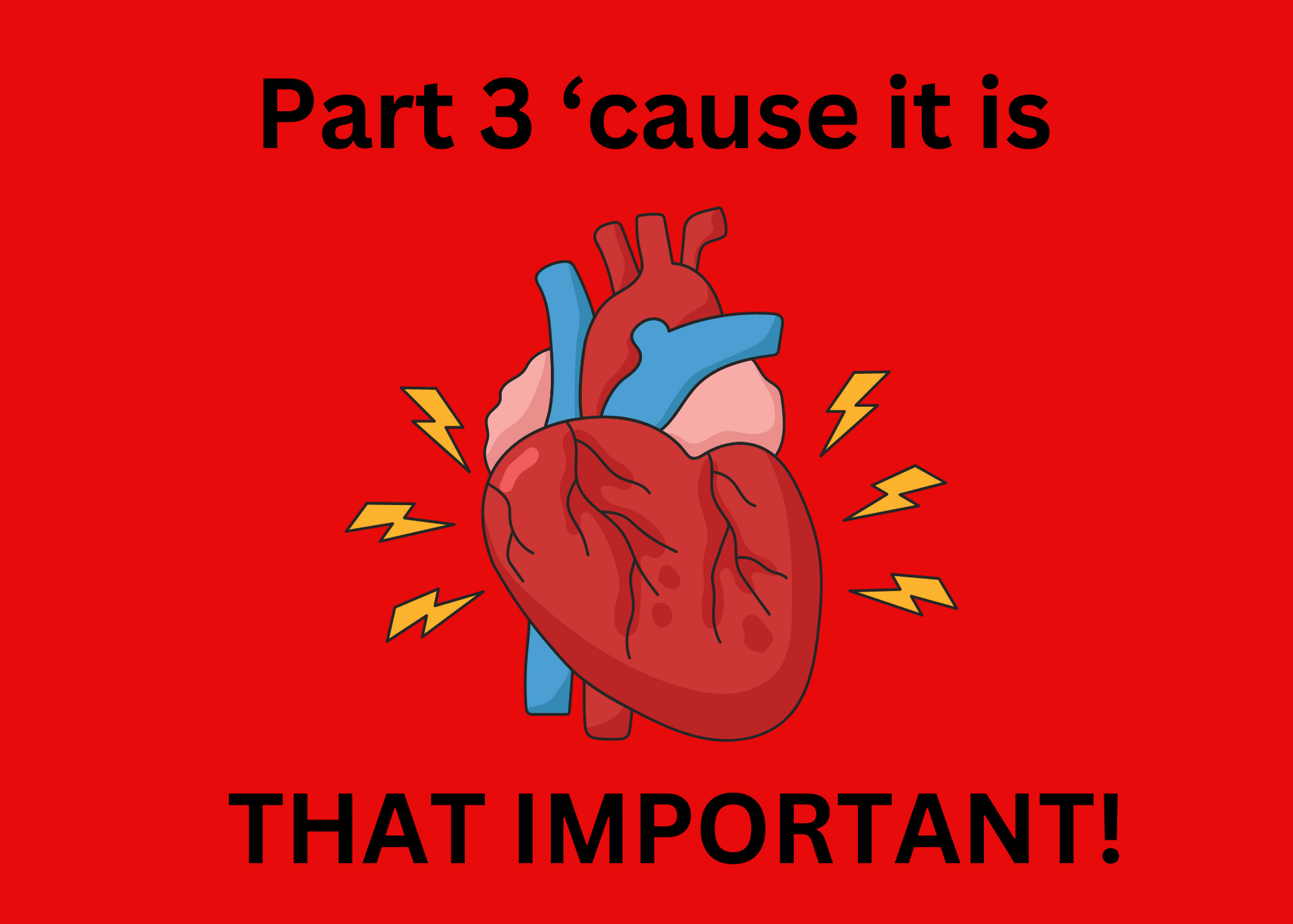
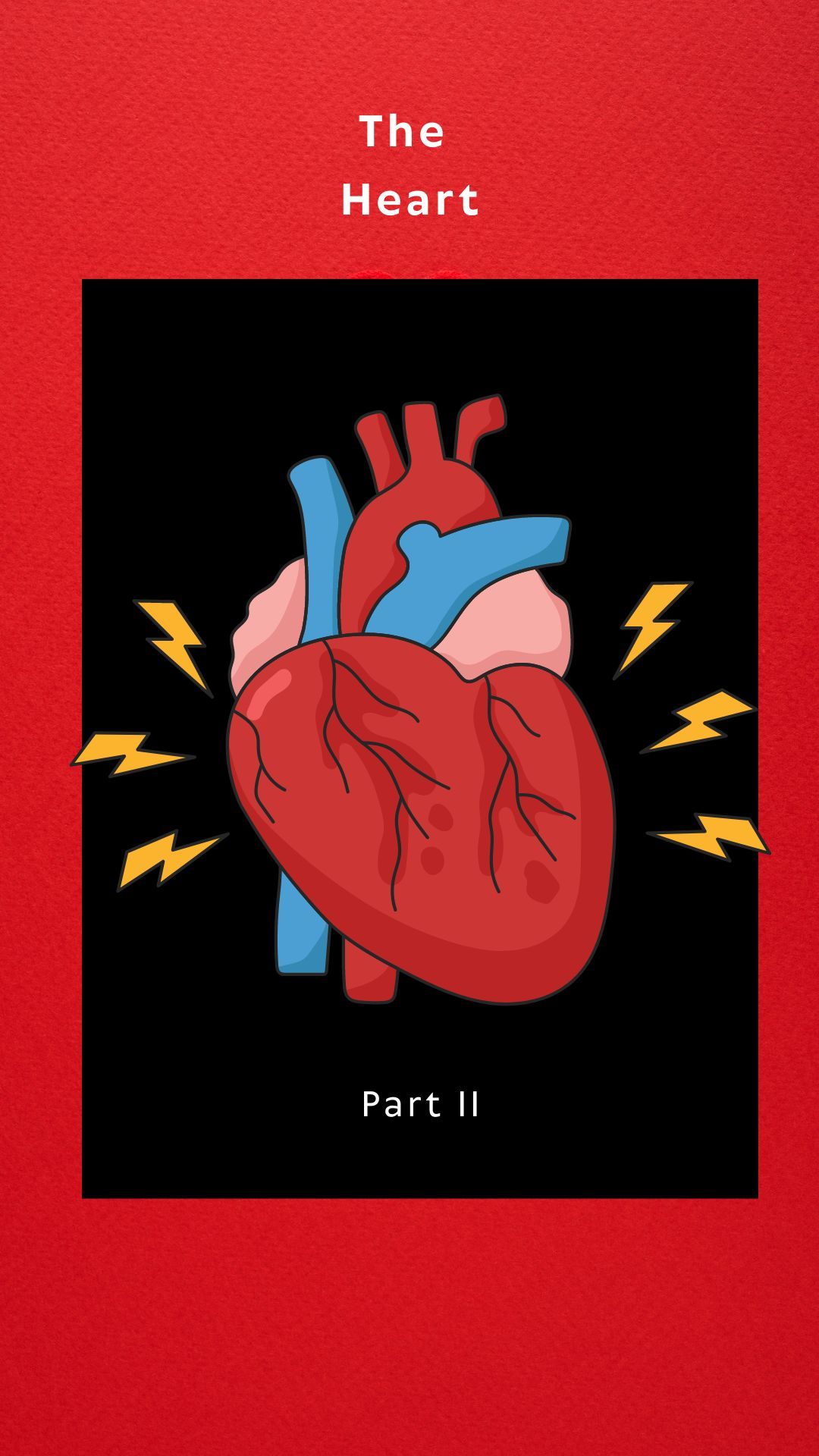
Share On: